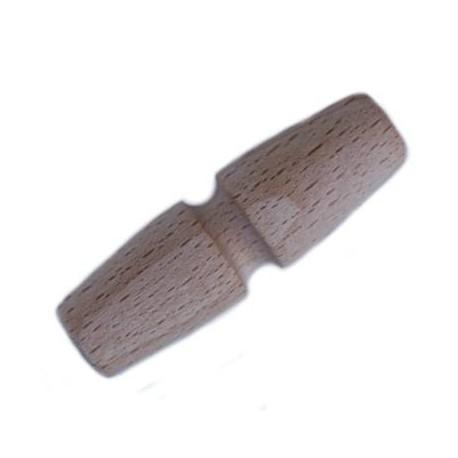Flags - Bending and Hoisting Methods for Sailing Flags
Courtesy Flag Bending and Hoisting Methods
Hoist Loop and Tails – a Simple Method
Hoist loops and lines are the most convenient attachment to either the flag halyard or another flag above or below, combined with the added benefit of stowing flat.
The Hoist Loop and Hoist Tail are stitched into the Hoist Tape making a strong connection.
Keep the ends of the halyard securely tied together when no flags are being flown, so that a free end can’t slip upward through the spreader block and embarrassingly out of reach.
Take steps to ensure that you don’t lose control of either end, when separating them to bend or unbend a flag.
The halyard is quite likely to be different in diameter to the hoist loop or the hoist tail. The optimum knot for this application is therefore a Sheet Bend or Double Sheet Bend. A few half hitches can be added if you are concerned about the finished knot shaking itself loose. A short strip of white insulating tape neatly applied around the loose end and the standing part will secure the free end and offer additional peace of mind.
Sheet Bend:
The correct knot for tying two ropes together when they are different in size (diameter), fibre e.g. nylon, polyester, Dyneema, or construction e.g. braided, 3- strand.
Ensure that both the free tails are aligned on the same side of the finished knot.
The Double Sheet Bend is tied in the same way but with an extra turn around the standing loop, which makes it more secure and therefore eminently suitable for attaching a flag, to either the flag halyard or another flag.
Hoist Loop and Tails – an alternative method
Study the picture.
There are loops formed in the flag halyard.
These can be positioned to accept single or multiple flags.
The advantages of this method:
- Successfully employed on a voyage from Plymouth to the Caribbean via Spain, Portugal, Madeira and the Canaries and then north via Bermuda to New York and New England before returning across the Atlantic
- The top flag can be simply and securely cow hitched onto the flag halyard ~ pass the halyard loop through the hoist loop on the flag ~ thread (stuff) the flag back through the halyard loop
- The leading edge of the flag can be tensioned to a lower halyard loop or the next flag below.
- The flag halyard is continuous allowing good tension to be applied without overloading the narrower gauge hoist line stitched into the flag.
- The leading edge of the flag or flags can be tensioned separately and appropriately.
- If a hoist tail or hoist loop wears through and fails, all is not lost, the flags should still be up there flapping about and the halyard will be intact, enabling the flags to be struck, repaired and re-hoisted.

Flag toggles and Inglefield clips - the traditional method.
Flag toggles add to the look of a flag, but they won’t be very apparent from deck level when flying at the spreaders.
Inglefield clips are an advantage if your crew can’t tie knots successfully, but they don’t stow flat and the increase in weight, although minimal, may still be a disadvantage on a light weight halyard aloft.
Inglefield Clips, also known as Sister Clips or Brummel Hooks, are designed for attaching (aka bending) flags and ensigns quickly and securely to a halyard or more flags in series.
The clips interlock and disengage by careful alignment of the chamfered split in one side of each link.
The clip is secure when under tension
Inglefield Clips are available from JimmyGreen.com in alloy and traditional bronze.

Grommets (eyelets) – an alternative method
Grommets can also be used for attachment. These are generally punched into the top and bottom of the hoist making connection reasonably simple. The downside is that they won’t happily stow flat. They will rapidly deteriorate if they are not made entirely from a marine-proof metal/alloy
Grommets are also usually fitted to flags that are manufactured from shiny, less flexible material e.g. nylon (polyamide) which may need the the folds and crinkles ironing out before deployment.
Flags made from this shiny, crinkly material, which are especially prevalent in the USA, tend to be less expensive but don’t fly at all well in the breeze and frankly, just don’t look the part.
Just imagine a shiny, crinkly ensign flown from the stern of a beautiful yacht- not a pretty sight.














